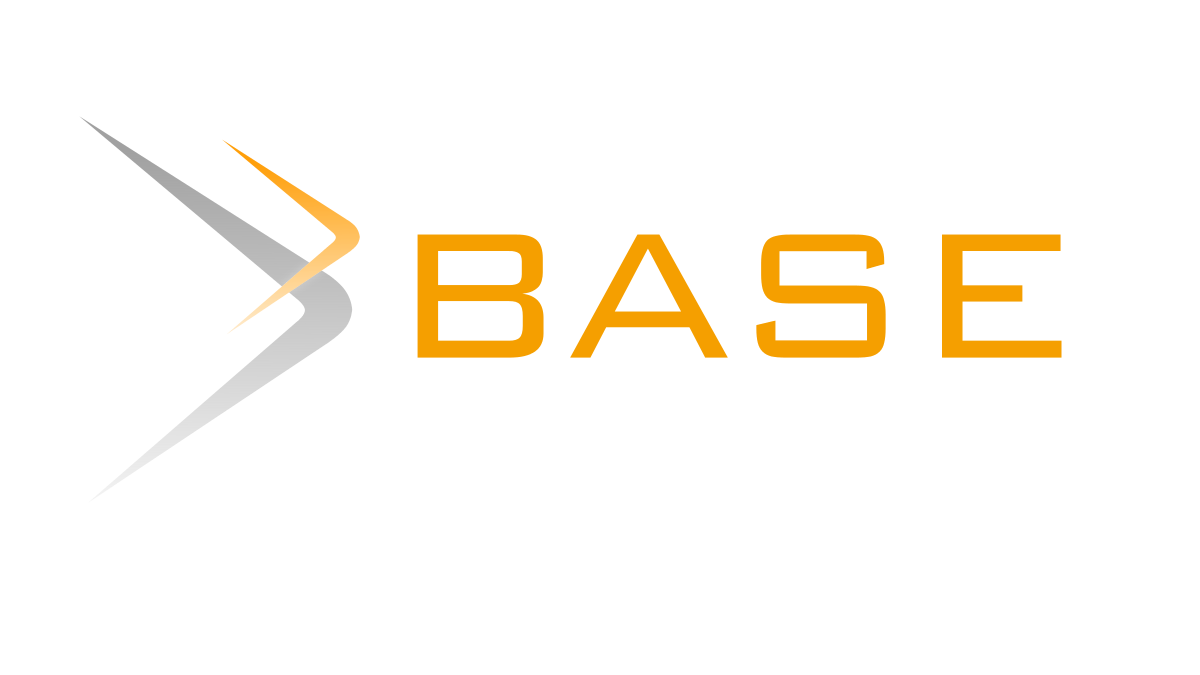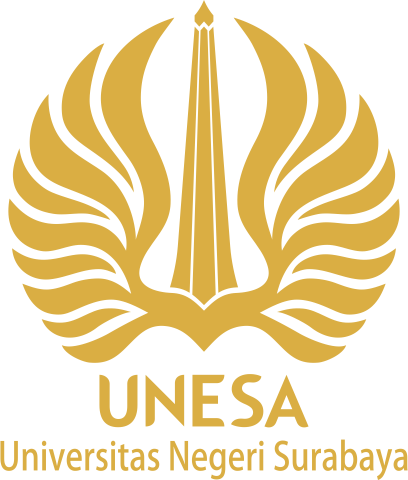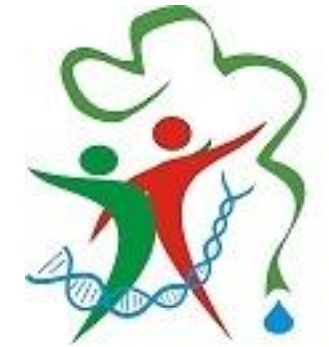SUATU TINJAUAN BERPIKIR PENGEMBANGAN STRATEGI INOVATIF PENYELESAIAN MASALAH (SIPM)
DOI:
https://doi.org/10.26740/jipb.v1n2.p31-43Keywords:
kuesioner, monografi, respons mahasiswaAbstract
Tulisan ini berupa kajian berpikir yang melandasi pengembangan sebuah strategi, yaitu Strategi Inovasi Penyelesaian Masalah (SIPM). Strategi ini dikembangkan untuk melatihkan keterampilan penyelesaian masalah yang bersumber dari mengapresiasi berbagai hal-hal positif untuk memunculkan ide-ide inovatif guna penyelesaian masalah. SIPM yang dikembangkan diaplikasikan dalam pembelajaran, sehingga dikembangkan berdasarkan berbagai teori dan data-data empiris pembelajaran. Rangkaian proses berpikir yang dilakukan adalah: (1) Analisis permasalahan pembelajaran; (2) Analisis dan evaluasi kajian teoritis terkait solusi yang diusulkan; (3) Sintesis solusi yang diusulkan; (4) Identifikasi indikator ketercapaian tujuan; (5) Merumuskan produkkuesioner; monografi; respons mahasiswaReferences
Downloads
Published
Issue
Section
License
Copyright (c) 2020 Jurnal Inovasi Pembelajaran Biologi

This work is licensed under a Creative Commons Attribution 4.0 International License.
 Abstract views: 1157
,
Abstract views: 1157
, PDF Downloads: 315
PDF Downloads: 315






